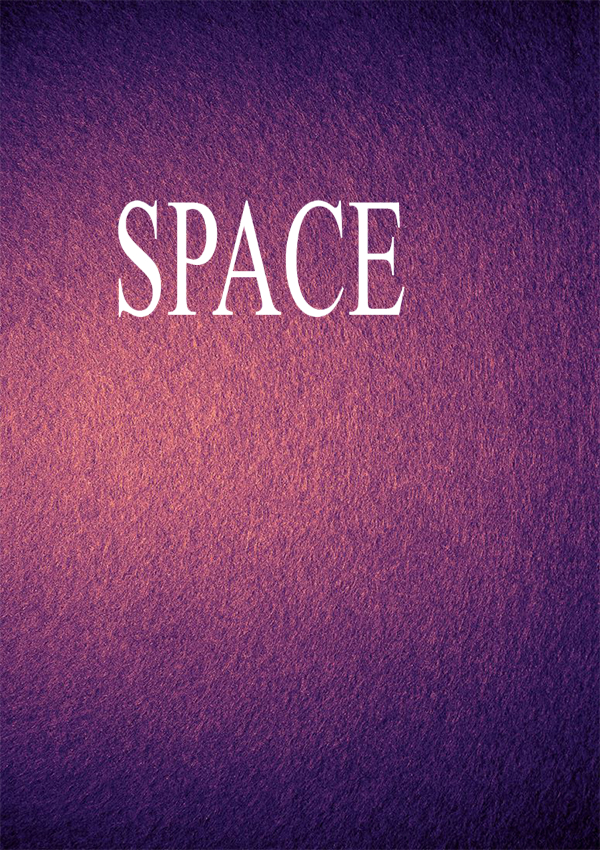Space
Space


Outer space is not completely empty—it is a hard vacuum containing a low density of particles, predominantly a plasma of hydrogen and helium, as well as electromagnetic radiation, magnetic fields, neutrinos, dust, and cosmic rays. First, some simple answers: space is everything in the universe beyond the top of the Earth's atmosphere – the Moon, where the GPS satellites orbit, Mars, other stars, the Milky Way, black holes, and distant quasars. Outer space does not begin at a definite altitude above the Earth's surface. However, the Kármán line, an altitude of 100 km (62 mi) above sea level, is conventionally used as the start of outer space in space treaties and for aerospace records keeping. As you probably know, space is already very, very cold — roughly 2.7 Kelvin (-270.45 Celsius, -454.81 Fahrenheit). This is mostly due to a lack of atmosphere and the vacuum-like nature of space — with very few molecules to energetically bounce around, there can be no heat. Outer space has a very low density and pressure and is the closest physical approximation of a perfect vacuum. But no vacuum is truly perfect, not even in interstellar space, where there are still a few hydrogen atoms per cubic meter. Space is full of light, but it doesn't look like it. The color black usually signals the absence of light. But inside the solar system, space is filled with light... So, Gyuk said, “Because most of the universe is empty, outer space looks black.”































